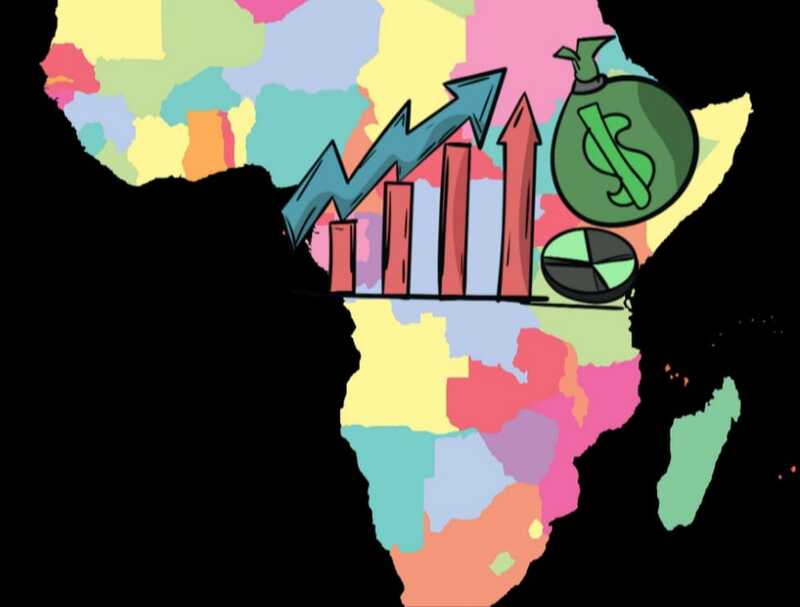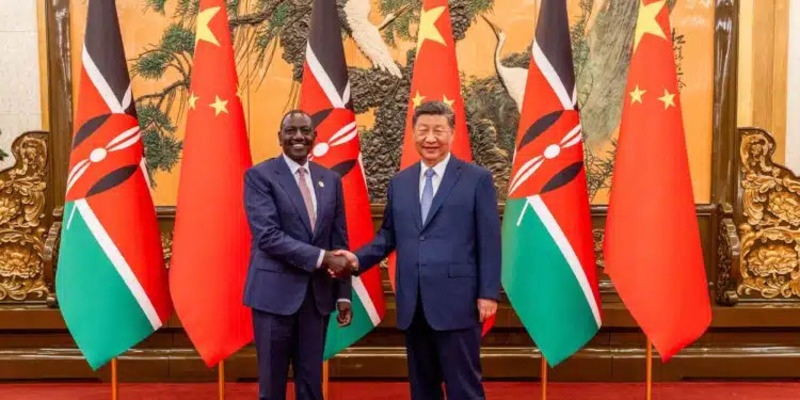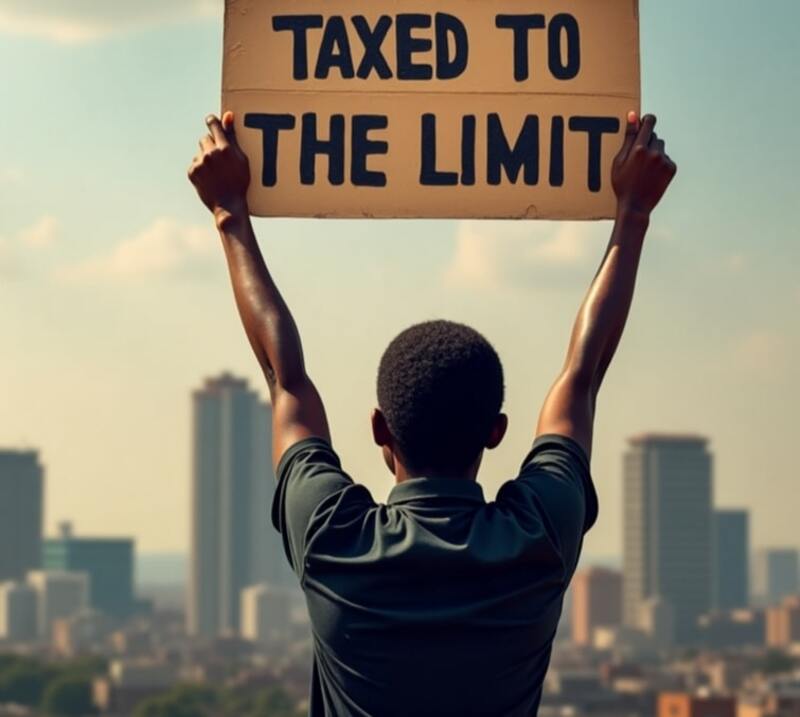 A map of Sub-Saharan Africa with indicators of economic growth. Image Credits: Pixabay
A map of Sub-Saharan Africa with indicators of economic growth. Image Credits: Pixabay
Unlocking Opportunity: How Sub Saharan Africa Can Lead Sustainable Growth
Africa
Business
Sub-Saharan Africa, which comprises 46 nations spanning from Nigeria to Madagascar, stands at a defining crossroads in its development journey. This vibrant region is home to abundant natural resources and a rapidly expanding youthful population, offering immense potential. Yet, structural inefficiencies, fragile institutions, and external shocks continue to hinder progress. As global supply chains evolve and investor interest shifts toward emerging markets, Sub-Saharan Africa holds the unique opportunity to reshape its growth narrative.
Inclusive growth in this context goes beyond merely increasing GDP. It requires equitable access to employment, industrialization, education, and social services, ensuring that development benefits are broadly shared and enduring.
Economic Trajectory: Progress Amidst Divergence
Projections by the World Bank and IMF forecast that Sub-Saharan Africa’s GDP will grow between 3.8% and 4.2% in 2025, marking an improvement from the 3.1% average recorded between 2019 and 2023. However, this rebound remains uneven, revealing deep-seated structural divergences across the region.
While nations like Senegal, Rwanda, and Benin are achieving exceptional growth rates above 6%, fueled by infrastructure investments, policy reforms, and stronger governance, major economies such as Nigeria and South Africa face stagnation. Their reliance on oil, inefficiencies in the power sector, and weak fiscal foundations continue to impede progress. Moreover, per capita income growth remains sluggish in much of the region, with several nations yet to return to pre-pandemic income levels—a critical measure of recovery and inclusivity.
Key Drivers of Growth
The growth trajectory of Sub-Saharan Africa is being propelled by several transformative drivers:
Inclusive growth in this context goes beyond merely increasing GDP. It requires equitable access to employment, industrialization, education, and social services, ensuring that development benefits are broadly shared and enduring.
Economic Trajectory: Progress Amidst Divergence
Projections by the World Bank and IMF forecast that Sub-Saharan Africa’s GDP will grow between 3.8% and 4.2% in 2025, marking an improvement from the 3.1% average recorded between 2019 and 2023. However, this rebound remains uneven, revealing deep-seated structural divergences across the region.
While nations like Senegal, Rwanda, and Benin are achieving exceptional growth rates above 6%, fueled by infrastructure investments, policy reforms, and stronger governance, major economies such as Nigeria and South Africa face stagnation. Their reliance on oil, inefficiencies in the power sector, and weak fiscal foundations continue to impede progress. Moreover, per capita income growth remains sluggish in much of the region, with several nations yet to return to pre-pandemic income levels—a critical measure of recovery and inclusivity.
Key Drivers of Growth
The growth trajectory of Sub-Saharan Africa is being propelled by several transformative drivers:
- Infrastructure Development: Countries like Ethiopia, Kenya, and Côte d’Ivoire are making strides with large-scale energy and transport investments, which enhance connectivity and trade competitiveness.
- Energy and Oil Sectors: Angola and Nigeria are experiencing a rebound in oil production, while South Africa is restructuring its power grid to address enduring blackouts.
- Services Sector Expansion: Innovations such as digital services in Kenya and fintech solutions in Ghana are creating employment opportunities and deepening financial inclusion in urban areas.
- Revival of Private Consumption: Stabilizing inflation in nations like Tanzania and Uganda is boosting domestic demand and fueling retail activity.
- Regional Trade Integration: The African Continental Free Trade Area (AfCFTA) is paving the way for stronger intra-African trade partnerships, particularly in manufacturing and agribusiness. By reducing trade barriers and fostering collaboration, AfCFTA creates opportunities for regional integration and economic growth.
Structural Barriers to Inclusive Growth
Despite promising progress, significant challenges persist across the region:
- Debt Vulnerabilities: Nations such as Ghana, Zambia, and Kenya face mounting debt distress, with rising servicing costs crowding out vital public investments.
- Political Instability: Coups and conflicts in countries like Burkina Faso, Mali, Sudan, and parts of Ethiopia undermine investor confidence and disrupt markets.
- Climate Vulnerability: Droughts in the Horn of Africa and cyclones in Mozambique and Madagascar continue to imperil food security and displace communities.
- Trade Deficits: Heavy reliance on imports in countries like Togo, Sierra Leone, and Lesotho strains foreign exchange reserves and compromises currency stability.
- Human Capital Gaps: High youth unemployment rates—exceeding 50% in South Africa and Namibia—combined with limited access to quality education in nations like Niger and Chad, diminish productivity and hinder workforce development.
Pathways to Inclusive and Sustainable Growth
Unlocking Sub-Saharan Africa’s full potential requires a coordinated and future-focused approach:
- Infrastructure Investment: Strengthen regional transport corridors, expand broadband access, promote renewable energy, and reinforce logistics networks.
- Debt Management: Ensure fiscal discipline, enhance transparency in debt processes, and explore restructuring options as needed.
- Institutional Reforms: Build accountable governance systems, improve regulatory frameworks, and foster consistent policymaking to attract sustainable investments.
- Climate Resilience: Promote climate-smart agricultural practices, develop resilient infrastructure, and pursue cross-border collaboration to manage environmental shocks.
- Economic Diversification: Invest in local manufacturing, industrialization, and agro-processing to reduce import dependency and create stable employment opportunities.
- Education and Healthcare Expansion: Bolster foundational education, scale up vocational training, and broaden access to essential healthcare services to lay the groundwork for a productive workforce.
- Private Sector Empowerment: Facilitate the growth of small and medium-sized enterprises (SMEs) through streamlined regulations, access to finance, and support for digital entrepreneurship.
A Region on the Rise—But on Its Terms
Sub-Saharan Africa’s journey forward will be defined not only by the speed of its economic growth but by how sustainably and inclusively it achieves this progress. True development is measured by rising employment levels, reduced inequalities, resilient infrastructure, and empowered communities.
As the global economic landscape undergoes transformation, Sub-Saharan Africa has a rare opportunity to shape its own destiny. By embracing bold reforms, strategic investments, and regional unity, the region can turn its demographic and resource strengths into a compelling development success story—crafted entirely on its terms.
Senior Editor: Kenneth Njoroge
Financial Expert/Bsc. Commerce/CPA


